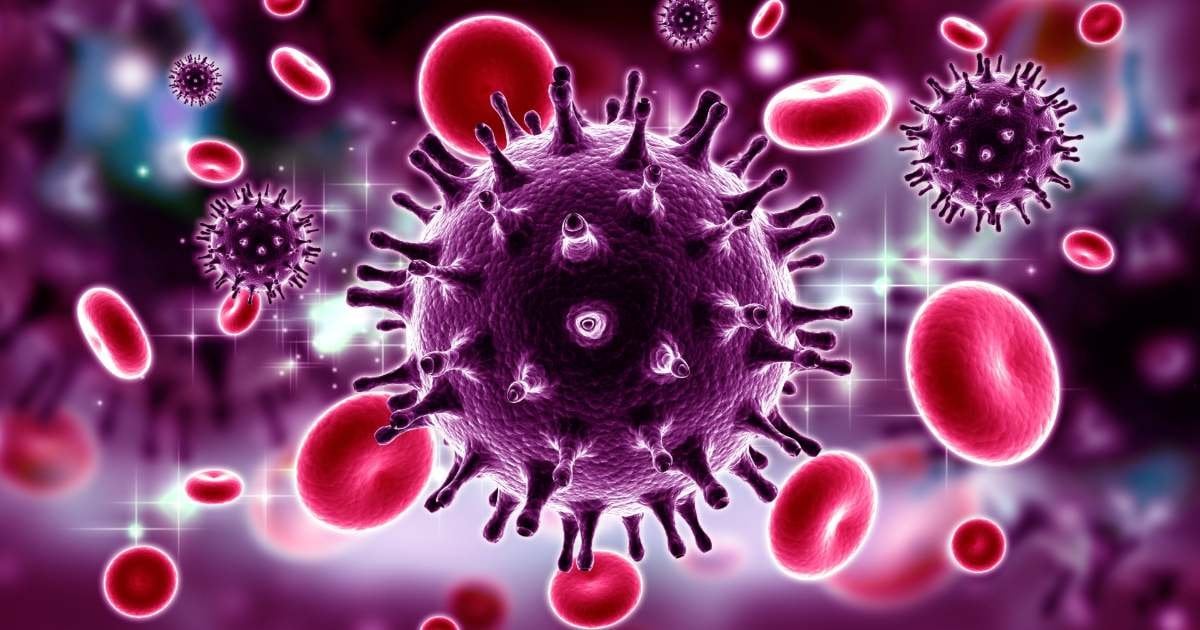New research published in the journal “Nature Communications” introduces an innovative HIV reporter model that allows scientists to visualize HIV viral dynamics within cells using dual fluorescence. This groundbreaking approach could lead to a better understanding of HIV replication and potential new therapeutic strategies.
The researchers, led by Dr. Xiaoyang Qi from the University of California, San Diego, developed the new reporter model by engineering a HIV-1 proviral genome to express two fluorescent proteins, mCherry and GFP. These proteins are expressed from two different promoters, allowing researchers to distinguish between the transcriptional activities of the HIV long terminal repeat (LTR) and the HIV structural genes.
The mCherry fluorescence represents the transcriptional activity of the HIV LTR, while the GFP fluorescence represents the expression of the HIV structural genes. By observing the spatial and temporal dynamics of these two fluorescence signals, researchers can gain insights into the intracellular processes that drive HIV Diagnostics.
This new reporter model offers several advantages over previous methods for studying HIV replication. For instance, it allows researchers to study HIV replication in real-time, in the context of living cells, and with high spatial resolution. Additionally, it enables the simultaneous measurement of both transcriptional and translational activities, providing a more comprehensive understanding of HIV replication.
The researchers demonstrated the utility of their new reporter model by studying the effects of various antiretroviral drugs on HIV replication. They found that drugs that target the HIV reverse transcriptase or the HIV integrase inhibited both the transcriptional and translational activities of the virus, while drugs that target the HIV protease primarily affected the translational activities.
This study represents an important step forward in our efforts to understand the complex intracellular dynamics of HIV replication. The new reporter model could also be used to study other retroviruses and to develop new therapeutic strategies for treating HIV and other related diseases.
A new HIV reporter model that utilizes dual fluorescence has been developed, allowing researchers to visualize HIV viral dynamics within cells and gain insights into the intracellular processes that drive HIV replication. This innovative approach could lead to a better understanding of HIV and potential new therapeutic strategies.
*Note:
1. Source: Coherent Market Insights, Public sources, Desk research
2. We have leveraged AI tools to mine information and compile it



